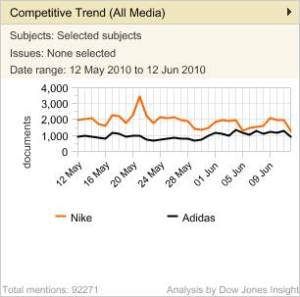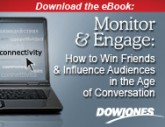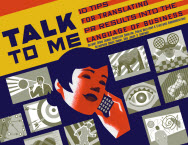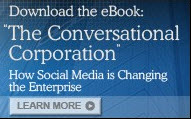World Cup Marketing and Media: Adidas vs. Nike
The marketing and media efforts of FIFA World Cup sponsors and advertisers during the run-up to the tournament have been discussed previously in this blog. Now that the tournament is over, it’s an appropriate time to analyze the most interesting aspect of World Cup marketing this year, which involved the intense competition between sporting goods companies Adidas and Nike.
Adidas has a long-standing relationship with FIFA and the World Cup that goes back more than 30 years. As an official partner, the referees’ uniforms and the balls are Adidas-branded, along with the ads around the playing field and on television during the matches.
Nike, which was not an official sponsor, had to be creative in order to be competitive with Adidas. The company’s approach was to launch a viral “ambush” campaign on its Facebook page prior to the start of the tournament. Its “Write the Future” ad featured players from several countries who imagined how their lives would change if they starred in the World Cup. By launching the ad on the company’s Facebook page before it ran on television, Nike created a buzz that saw its number of followers on Facebook double within the first week.
This buzz resulted in a large spike in Nike’s coverage in social media generally, as many blogs and message boards discussed the ad and provided a link to the video. An added benefit for Nike is that the ambush campaign created the impression for many consumers that Nike was a sponsor of the tournament. This was quite a coup — as well as a cost-saver — since FIFA charges $125 million for its World Cup “partners.”
The volume of coverage is of course important in marketing, but so is the quality of the coverage. Fortunately for Nike, much of the social media buzz generated by “Write the Future” was favorable, with numerous people recommending the ad in public forums or sending the link to friends.
Adidas saw its biggest spike in coverage shortly before the start of the tournament in June, but much of the coverage – both in social and traditional media – concerned criticism of the Jabulani ball Adidas created for tournament. This negative coverage is proof that the quantity of coverage doesn’t necessarily translate into advertising value equivalency (AVE).
Of course, both companies wanted the teams and players they sponsored to succeed and there’s a certain cachet for outfitting the top teams. Performance probably wasn’t a critical factor, however, since Nike generated the buzz they wanted prior to the tournament and only hard-core fans focused on the disappointing performances of such players as Wayne Rooney, Franck Ribery and Christiano Ronaldo, who were featured in the ads.
So who is ultimately the winner? It’s hard to find much wrong with Nike’s strategy, since they didn’t have to pay the $125 million partnership fee; much of the publicity for their campaign was generated by consumers; and they managed to receive more media coverage than all of the paid sponsors, except Adidas.
On the other hand, Adidas may be able to overlook all of the costs and controversies it encountered, since the ultimate image of the tournament will be the Spanish team raising the World Cup trophy – clad in Adidas jerseys.
David Breg is a media consultant based in Washington, D.C.
Read Full Post | Make a Comment ( None so far )Adidas isn’t actually faring so badly…
If we believe in recent surveys from Nielsen and Meltwater, being an official FIFA World Cup partner doesn’t help you at all. Back in 2005, Adidas was spending $351 million for this exclusive privilege, including the sponsorship of the ball, referees, and ball boys. Nike, which is ‘only’ a supplier of some teams and players and not an official sponsor, generates apparently much more media buzz with its unconventional tactics. This week the media was broadly reporting on the sweeping success of Nike’s ambush campaigns (examples from Reuters and USA Today) most notably its YouTube video, “Write the future.”
Sounds fantastic at first sight, but having a deeper look, some questions on the methodology arise. There is a very insightful post from Edelman’s Matthew Gain who observes that, for example, Nielsen’s study period (May 7 to June 6) clearly plays in favor of Nike’s YouTube campaign. Will Nike be able to keep up the momentum once the tournament has begun? What about non-English content which has been excluded here? And should we assume that the only goal is to create social media buzz?
So here’s the full picture. When Nike’s video appeared on YouTube, it created a massive spike between May 20 and May 22 (chart on the right). Since then, Nike’s volume is trailing off. On the other side, Adidas’ media footprint is steadily rising, up to the inauguration match on June 11.
If we consider only mainstream media, which is basically the influential press and web, Adidas is actually taking the lead at the beginning of June, relegating Nike to a second position (chart on the left). Since then, Adidas is more often mentioned by the traditional media outlets. Is the FIFA partnership paying off at the end?
Methodology: Dow Jones Insight tracks media mentions of the FIFA World Cup sponsors in traditional media and social media in 23 languages.
Georg Ackermann is Team Leader in the Dow Jones Insight Media Lab in Singapore.
Read Full Post | Make a Comment ( 3 so far )




